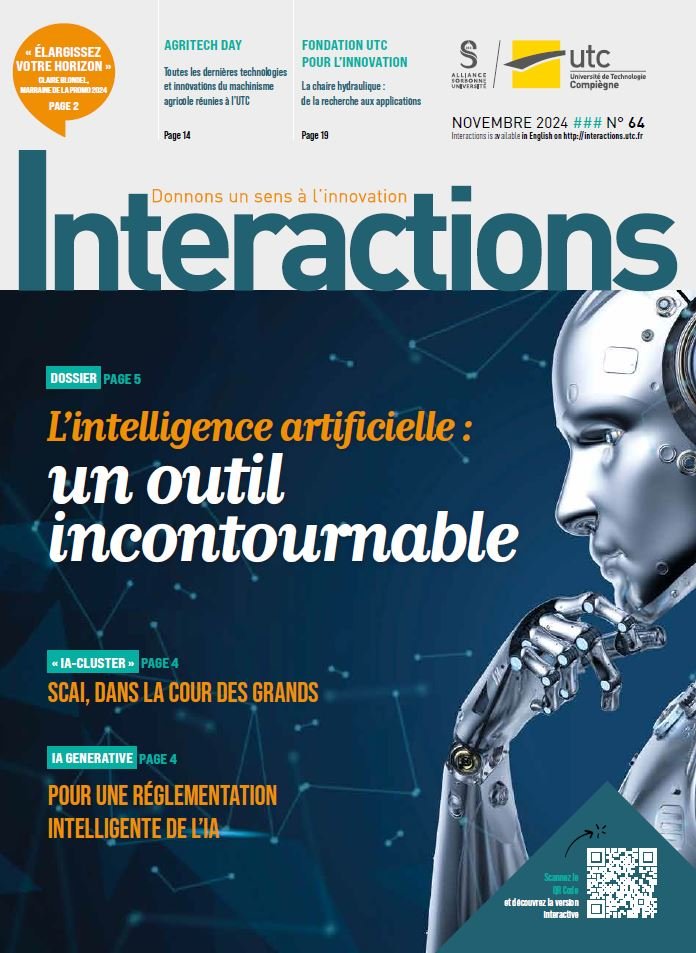Micro-grids powered by photovoltaic panel arrays

Professor Manuela Sechilariu has been Director of the UTC Avenues research unit since 2016. Since the laboratory was set up in 2006, microgrids, in particular those powered by photovoltaic panels, have been one of its major areas of research.
“Whatever the nature of renewable energies (RE), they require multisource systems, whether they be autonomous or connected to the grid. In other words, an electrical microgrid. For our part, we are working on microgrids powered by renewable energies, in particular photovoltaics arrays (PV), equipped with on site storage, loads and connected to the national grid”, explains Manuela Sechilariu.
At an early stage, the team began to consider how to optimise these technologies, or how to achieve minimum energy costs while at the same time maximising the use of renewable energy sources. Two areas of application were identified: building supplies and recharging of electric vehicles (EVs).
What about the buildings? “We opted to use PV energy sources, associated with a micro-grid integrated into the building and aimed at energy efficiency. To maximise the benefits of energy from PV, we proposed DC power supply networks for buildings, and we optimised the energy cost and stabilisation of this micro-grid, either autonomous or with a connection to the public grid”, says Manuela Sechilariu.
What choices were made for EVs? “We had to adapt our concepts. In this particular case, there is the question of the utiliser, given that the EV involves intermittent and random arrivals and departures depending on the driver’s needs. In a building, on the other hand, it’s the client who defines the criteria for load shedding, operation or minimising the use of a certain number of energy loads,” she explains.
These are useful technologies in the face of the climate emergency, but they nonetheless require an in-depth analysis of their own carbon footprint. “We have created a set of methodologies and tools — some of which are simplified and can be used by economic players — for sizing these microgrids, whether they are integrated into buildings or EV charging stations. Sizing that meets environmental, economic and technical constraints. Thanks to these tools, we can analyse the life cycle of the various components, both PV and microgrids, from their creation to their final destruction or recycling. This analysis enables us to calculate the carbon impact of these technologies over thirty years, as well as their overall cost”, she points out.
These technologies certainly produce clean energy, but they require operating and utilisation operational conditions that encourage a form of sobriety on the part of the user. “In a building equipped with a microgrid powered by PV, for example, energy is of course produced, but the user who should be made aware of the need for a form of sobriety in consumption. As for EV owners, they should adopt habits for charging their vehicles that enable them to minimise the cost of energy and maximise the use of PV. For example, rather than quickly charging their EVs once a week, which means drawing on the national grid, drivers could charge a little every day using renewable energy. The latter would also be less costly for them”, says Manuela Sechilariu.
Another area for research? “As part of a scientific programme launched by the International Energy Agency, we are going to study a specific field of application: the impact of the electrification of public road transport. In particular, we need to study the impact on the network of batterypowered electric buses and evaluate the most efficient solutions that incorporate renewable energy sources,” she concludes.




